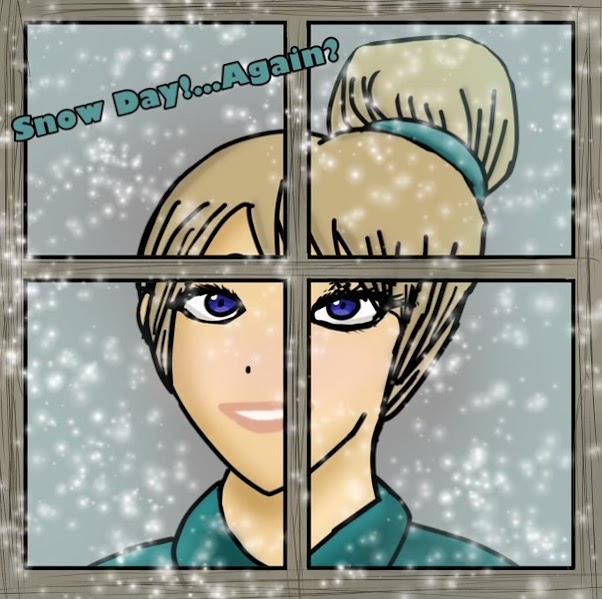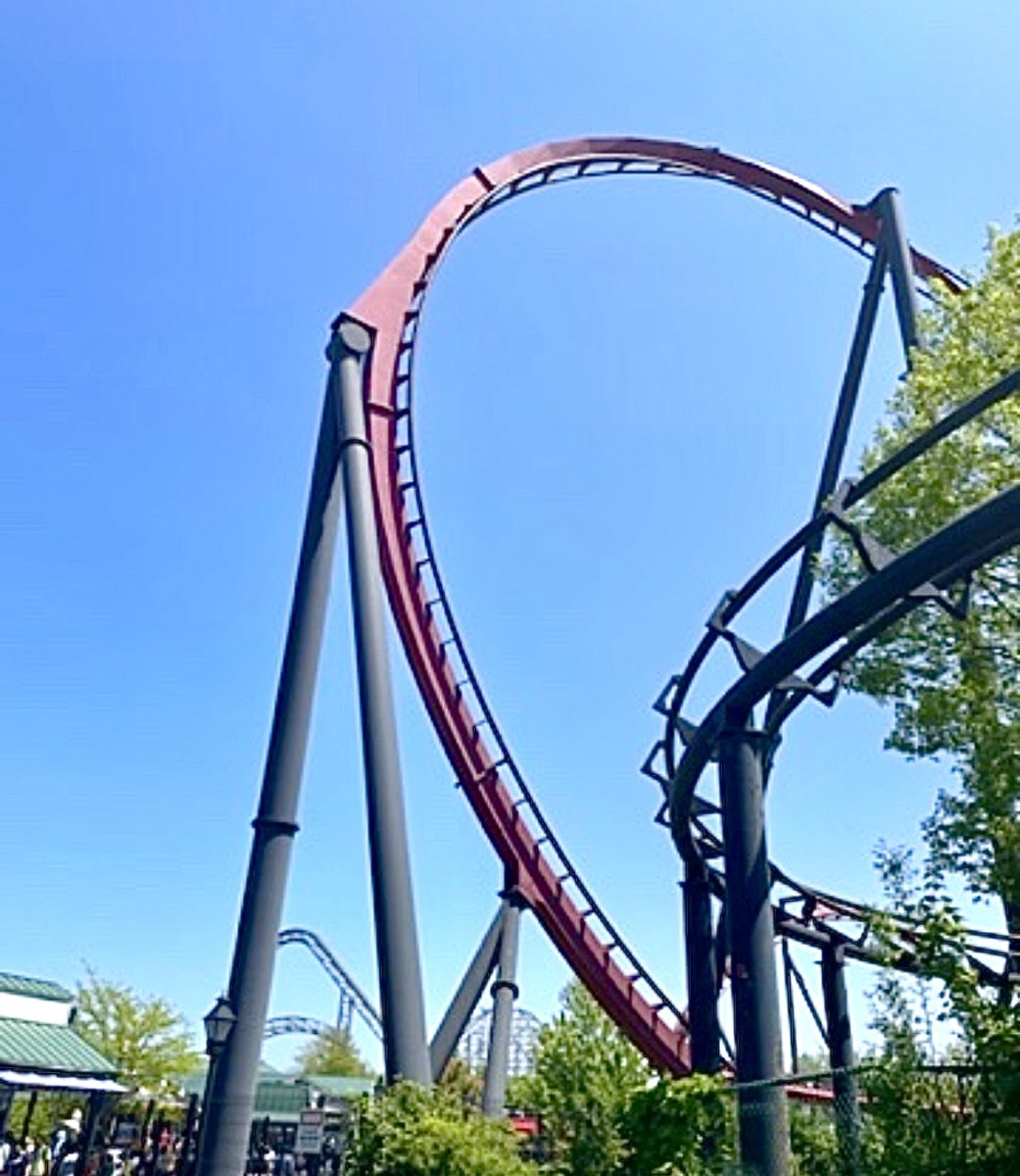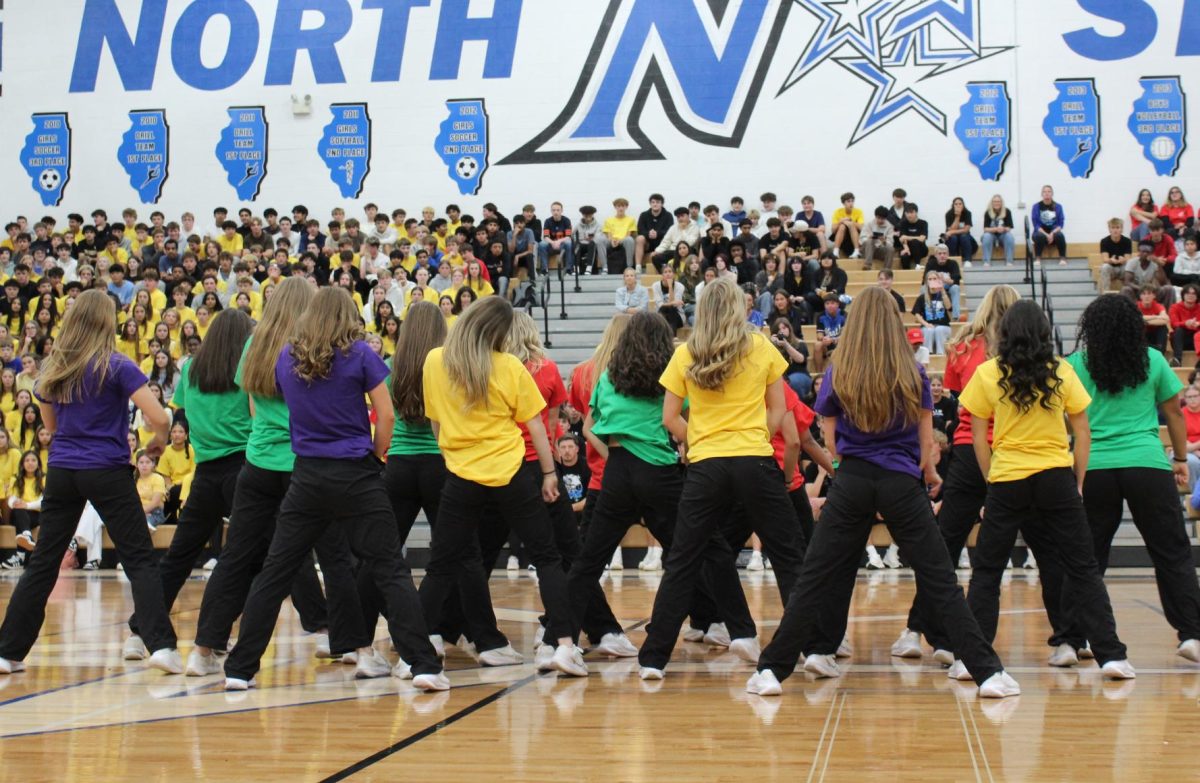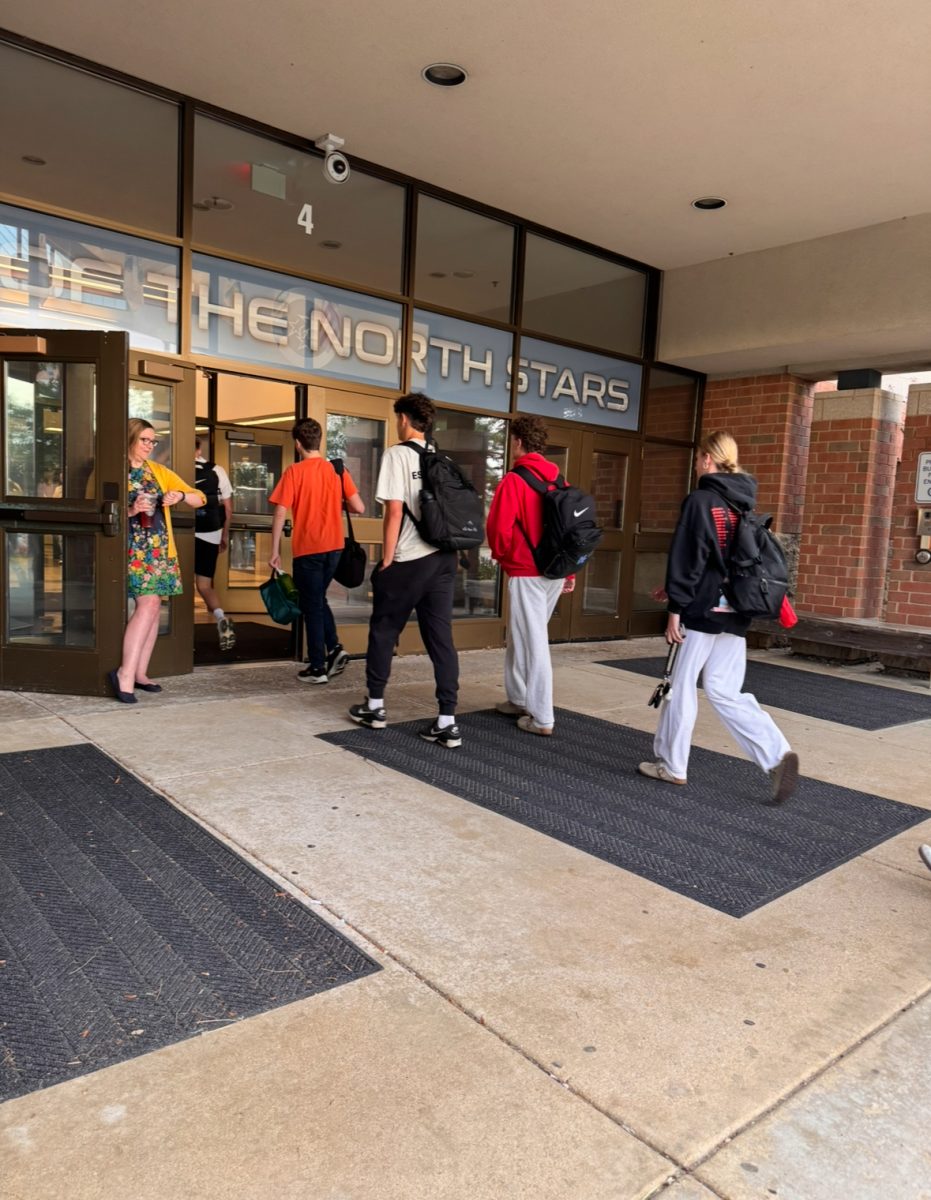Chances are, if you’re a student in D303, you are well aware of the heaps of snow days that have been called the past few weeks. As a slice of summer is taken with every snow day, it leaves us to consider- would it be better to just do e-learning?
Since the emergence of the COVID-19 pandemic in 2020, e-learning has become a prevalent strategy to compensate for being unable to learn in-person. While e-learning strategies like Zoom calls and video lectures may seem like a satisfactory substitute for being unable to conduct on-campus learning, there are many subsequent complications that raise the question of whether or not one or two days of e-learning is worth the trouble.
With synchronous learning, where students attend a class with their peers via Zoom call or other live learning platforms, there are the inevitable challenges such as students and teachers facing Wi-Fi troubles and lack of student participation in online learning. Additionally, younger students having to navigate their way through technology they may not be familiar with could mean parents having to facilitate their children’s learning while also having to do jobs of their own. Implementing synchronous learning would be an extreme inconvenience, and likely wouldn’t have nearly the same effect as in-person learning.
However, the more effective form of e-learning that could prove beneficial would be asynchronous learning, where teachers assign students work they can complete on their own time. This arrangement allows students and teachers a lot more flexibility within their snow day to complete work whenever and wherever they’d like.
As nice as it is, having these snow days in the middle of the week where students aren’t obligated to do any school work can actually be harmful in terms of staying consistent on class material and avoiding laziness. By not practicing and familiarizing themselves with class material on a daily basis, it’s possible for students to lose momentum and progress with even one day of school missed. The structure of a school day keeps students well-adjusted to the typical five day school week, and makes it more likely to complete work efficiently and effectively. By utilizing some form of e-learning during these days, content will at least be fresh in students’ minds so they’re prepared for the next day.
One huge issue is present for high school students in particular- AP classes. When snow days get taken, finals move back but AP exams do not. This means that using a snow day takes days of learning away for these classes. AP teachers tend to assign online work on snow days to keep up with the course, so some students have some asynchronous work to do as well.
Another issue that could prove to be a significant challenge for some is summer traveling plans. When asnow day is called, the calendar shifts to add an extra day after the originally scheduled last day of school. It’s not uncommon for people to plan vacations that are set to start right when school gets out. While younger kids can miss the last few days of school without much consequence, when it comes to high schoolers who have to take finals, it could be really difficult to rearrange things like booked hotels, flights and plans that were made prior to snow days being called.
Even though a day off can seem nice in the moment, the chunk of summer that we lose isn’t worth the small break. When it’s summer, there tends to be nice, warm weather, and you don’t usually have to worry about bad travel conditions. On a snow day, there’s not much you can do, since often it’s unsafe to be on the roads and you can’t do much outside. The days of summer are a much more worthwhile time to have a break.
There’s a certain sense of magic that comes with the early morning phone call declaring a snow day. As a kid, there’s nothing more exhilarating than fastening up layers of warm gear and heading outside to enjoy a wintery landscape instead of getting ready for another long, repetitive school day. For younger students, experiencing a snow day to its full potential is a valuable memory to be made. While the introduction of e-learning into snow days may raise concern that younger students could be deprived of experiencing all of what a snow day has to offer, in reality, elementary age students wouldn’t receive nearly as much work as high school students during these days. The likelihood of elementary students being able to complete their work and still experience snow day magic for themselves is high.
When it comes to snow days, the instant gratification of a day off amidst a long week is immediately soothing. However, the detriment a day off can have in the long run on students and teachers alike isn’t worth the one extra day of leisure.











